
The scientific name of Verreauxi's crowned lemur is Propithecus verreauxi, and there is no subspecies.Verreauxi's crowned lemurs generally live in small groups, foraging in the morning and evening, and resting during the day. Their only way of moving on land is jumping.The mating season for...

The scientific name of the crowned lemur is Propithecus diadema. It is a tree-dwelling animal with a sense of territory. It lives in groups and is active during the day. It feeds on leaves, buds, flowers, seeds and fruits. It likes to walk sideways. The mating season is from January to March, the ge...
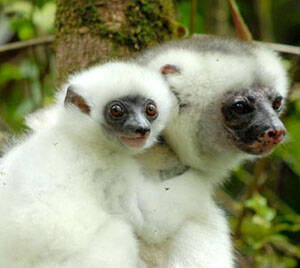
The scientific name of the velvet crown lemur is Propithecus candidus. It lives in groups and starts foraging at dawn. Its main food is flowers, young leaves, fruits and seeds. The mating season is from December to January of the following year. Each litter has 1-2 cubs.The IUCN Red List lists it as...

The giant lemur (scientific name Indri indri) is the only species in the giant lemur genus.The giant lemur is mainly arboreal, but also active on the ground. Most of them live in dense tropical jungles or arid areas; they are active during the day or at night. They feed on leaves, flowers, bark and...
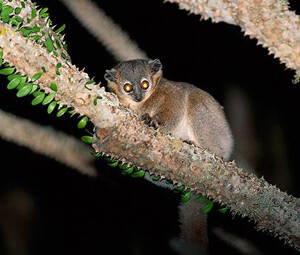
The scientific name of the white-footed ferret lemur is Lepilemur leucopus, which belongs to the lowest primitive monkey. It has evolved for nearly 30 million years, and it can be said that they are the slowest evolving primates.The white-footed ferret lemur is a nocturnal animal. When the weather i...
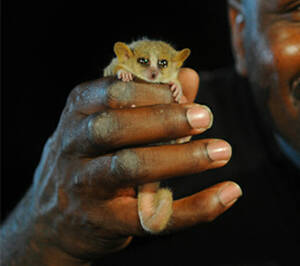
Marohita Mouse Lemur (scientific name: Microcebus marohita) is also known as Marohita Mouse Lemur. It has no subspecies. Its specific habits are unknown.Listed in the "Red List of Threatened Species of the World Conservation Union" (IUCN) 2014 ver 3.1 - Critically Endangered (CR).Protect w...
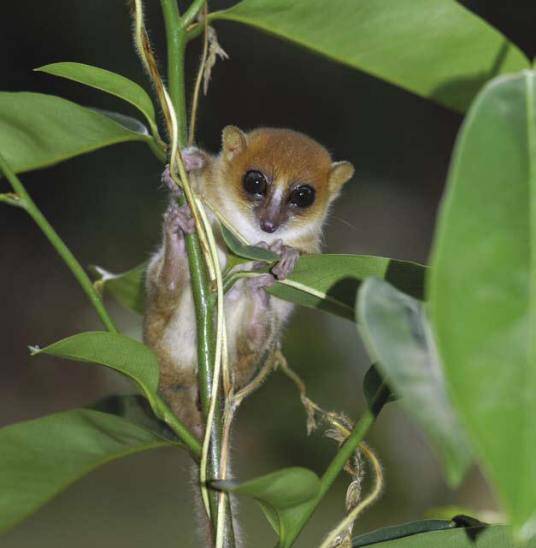
Margot Marsh's Mouse Lemur (scientific name: Microcebus margotmarshae) is a small lemur endemic to Madagascar. It has no subspecies. Its specific habits are unknown. The full information of the Magomash dwarf lemur was first collected on May 21, 2006, proposed by Andriantompohavana e...
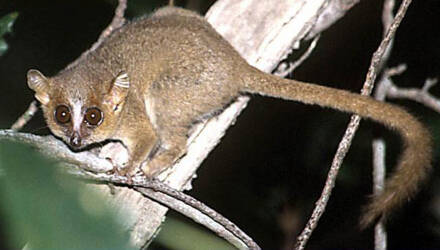
Claire's Mouse Lemur (scientific name: Microcebus mamiratra), foreign name Claire's Mouse Lemur, no subspecies. Specific habits are unknown.Listed in the "Red List of Threatened Species of the World Conservation Union" (IUCN) 2014 ver 3.1 - Critically Endangered (CR).Protect wild a...
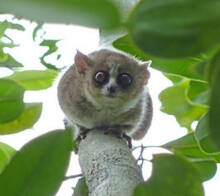
MacArthur's dwarf lemur (scientific name: Microcebus macarthurii), foreign name MacArthur's Mouse Lemur, no subspecies.The MacArthur dwarf lemur is named in honor of Catherine T. MacArthur, founder of the MacArthur Foundation, which funded research that included the discovery of this species...
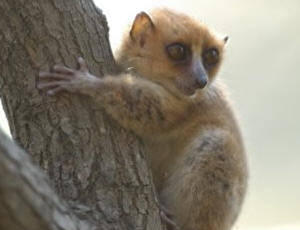
Jolly's dwarf lemur (scientific name: Microcebus jollyae) is also known as Grey-brown Mouse Lemur. The name of this species is in honor of primatologist Alison Jolly.Populations of the Jolly dwarf lemur are reported to occur in the forests of Mananjari and Kianjavato. The area is located at an a...
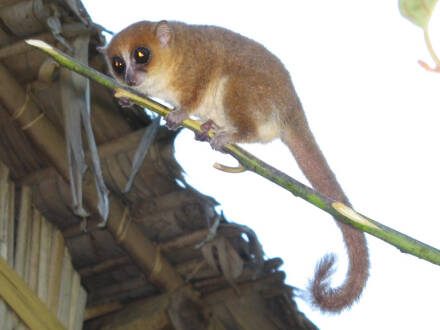
Gerp's Mouse Lemur (Microcebus gerpi) is a new species discovered in 2012, and little is known about its behavior, communication methods, ecology or reproductive habits. The species appears to be confined to a small area of lowland evergreen rainforest and is seriously threatened by forest loss....
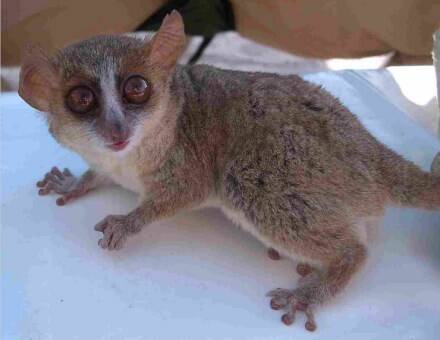
Microcebus danfossi (Microcebus danfossi) is an arboreal lemur that usually lives in pairs near streams or rivers. It feeds mainly on fruits and insects. It is active at night and spends the day hiding in tree holes. It is found in the mountainous rainforests of Madagascar.Listed in the 2014 Red Lis...
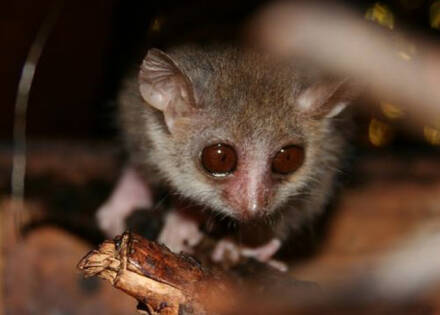
Bongolava dwarf lemur (scientific name: Microcebus bongolavensis) is also known as Bongolava Mouse Lemur in English. Its specific habits are unknown.Listed in the 2014 Red List of Threatened Species of the World Conservation Union (IUCN) ver3.1 - Endangered (EN).Protect wild animals and stop eating...
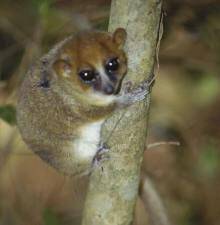
Arnold's dwarf lemur (scientific name: Microcebus arnholdi) lives in trees and groups, usually about 30 pairs living by streams or rivers. It mainly feeds on fruits and insects. It spends the day hiding in tree holes. In the evening, even if it wakes up, it will wait until sunset to scurry aroun...
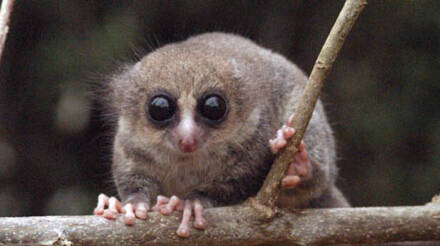
The small iron-gray mouse lemur (scientific name: Cheirogaleus minusculus) is active during the day or at night, eating insects, fruits, reeds, leaves, and occasionally birds. It lives alone or in family groups. It hibernates. The gestation period is 120-150 days, and it gives birth from September t...
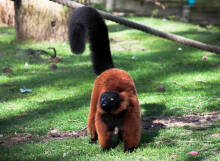
The red-collared lemur (scientific name: Varecia rubra), whose foreign name is Red Ruffed Lemur, is one of two types of collared lemurs.Red-collared lemurs generally live in small family-style groups. Groups consist of 2-16 members. Active during the day, active in the early morning and evening. The...

Greater Bamboo Lemur (scientific name: Prolemur simus) is a monotypic species of the genus Prolemur, with only about 140 individuals remaining.Greater Bamboo Lemur specializes in eating bamboo, a feature that is extremely unusual among mammals. Almost 98% of the diet is provided by this low-energy f...

The Greater Bamboo Lemur (scientific name: Hapalemur simus) is the largest lemur in the genus Hapalemur.The natural forests of Madagascar's 25 bamboo species are all less than 20,000 square kilometers, and as many as 10 bamboo species have natural forests less than 2,000 square kilometers. The p...
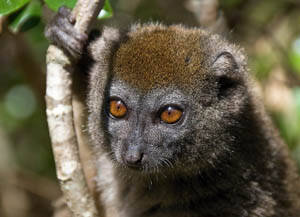
The Sanhe tame lemur (scientific name: Hapalemur occidentalis) lives in tropical rainforests or dry forests or shrubs. Some live in bamboo forests, reed areas or forestless mountains. They are active during the day or at night, eating insects, fruits, reeds, leaves, and occasionally birds. They live...